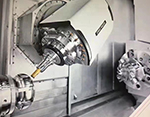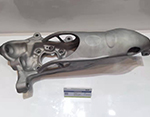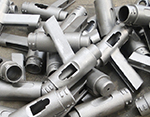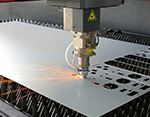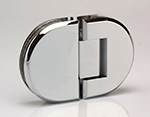-
Service
+
- CNC Precision Machining Service +
- Multi-Axis Simultaneous Machining Service +
- CNC Turning Service +
- Metal 3D Printing Service +
- Rapid Prototyping Service +
- Die Casting Service +
- Sheet Metal Fabrication Service +
-
Finish Serivces
+
- Polishing
- Grinding
- Brushed Finish
- Sand blasting
- Painting
- Powder Painting
- Anodizing
- Hard anodizing Service
- Passivation
- Zinc Plating
- Nickel Plating
- Chrome Plating
- Blackening
- Black Zinc Plating
- Teflon Coating
- Titanium Coating
- DLC Coating
- Laser Marking
- Silk Screen Printing
- Transfer Printing
- Micro Arc Oxidation
- Industries +
- About Us +
- Resource +
- Contact Us
- Quote

-
Service
-
>
-
>
-
>
-
>
-
>
-
>
-
>
-
>
-
- Industries
- About Us
- Resource
- Contact Us
Hastelloy C-276 is an alloy with extremely low silicon-carbon content and is considered a universal corrosion-resistant alloy. Mainly resistant to wet chlorine, various oxidizing chlorides, chloride salt solutions, sulfuric acid and oxidizing salts, and has good corrosion resistance in low and medium temperature hydrochloric acid. Therefore, in the past thirty years, it has been widely used in harsh corrosive environments, such as chemical industry, petrochemical industry, flue gas desulfurization, pulp and paper making, environmental protection and other industrial fields.
Hastelloy C-276:
Corrosion resistance:
This alloy has the following characteristics: ① It has excellent corrosion resistance to most corrosive media in both oxidizing and reducing atmosphere states. ②Excellent resistance to pitting corrosion, crevice corrosion and stress corrosion. The higher Mo and Cr content make the alloy resistant to chloride ion corrosion, and the W element further improves the corrosion resistance. At the same time, Hastelloy C-276 alloy is one of the only materials that is resistant to corrosion by moist chlorine, hypochlorite and chlorine dioxide solutions, and is resistant to high-concentration chloride solutions such as ferric chloride and copper chloride. Remarkable corrosion resistance. It is suitable for sulfuric acid solutions of various concentrations and is one of the few materials that can be used in hot concentrated sulfuric acid solutions.
Physical properties:
The physical properties of Hastelloy C-276 alloy are as follows:
Material composition: 57Ni-16Cr-16Mo-5Fe-4W-2.5Co*-1Mn*-0.35V*-0.08Si*-0.01C* * is the maximum a margin
Implementation standards: UNS N10276, ASTM B575, ASME SB575, DIN/EN 2.4819
Mechanical behavior:
Tensile strength: σb≥730Mpa, elongation: δ≥40%, hardness: HRB≤100.
Hot forming of Hastelloy C-276 alloy is immediately annealed at 1150°C and quenched with water. Cold deformation of Hastelloy C-276 alloy will increase its strength.
Hastelloy C-276 alloy has similar formability to ordinary austenitic stainless steel. However, because it is stronger than ordinary austenitic stainless steel, there will be greater stress during cold forming. In addition, this material works harden much faster than ordinary stainless steel, so it is necessary to adopt mid-stream annealing during extensive cold forming processes.
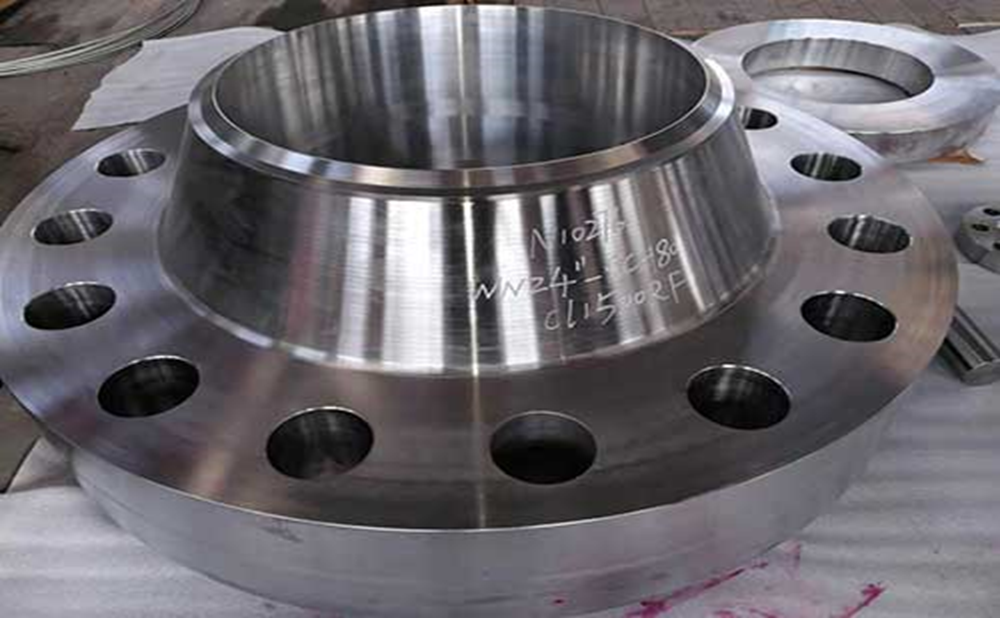
Processing technology:
welding:
The welding performance of C-276 alloy is similar to that of ordinary austenitic stainless steel. Before using a welding method to weld C-276, measures must be taken to minimize the decrease in corrosion resistance of the weld and heat-affected zone, such as tungsten electrode Gas shielded welding (GTAW), gas metal arc welding (GMAW), submerged arc welding or other welding methods that can minimize the degradation of the corrosion resistance of the weld and heat affected zone. However, welding methods such as oxy-acetylene welding that may increase the carbon or silicon content of the material weld and heat-affected zone are not suitable.
Regarding the selection of welded joint forms, you can refer to the successful experience of the ASME Boiler and Pressure Vessel Code for Hastelloy C-276 alloy welded joints.
It is best to use mechanical processing for welding grooves, but mechanical processing will cause work hardening, so it is necessary to grind the machined grooves before welding.
Appropriate heat input speed should be used during welding to prevent the occurrence of thermal cracks.
Heat treatment:
The solution heat treatment temperature should be controlled between 1060~1080℃, followed by water cooling quenching or when the material thickness is above 1.5mm.
Use rapid air cooling for best corrosion resistance. During any heating operation, precautions must be taken to clean the surface of the material.
The following issues should be paid attention to when heat treating Hastelloy materials or equipment parts: In order to prevent equipment parts from being deformed during heat treatment,
Stainless steel reinforcement rings are used; the furnace loading temperature, heating and cooling time should be strictly controlled; before loading the furnace, the heat treatment parts should be pre-treated.
Prevent the occurrence of thermal cracks; after heat treatment, the heat treated parts should be 100% PT; if thermal cracks occur during the heat treatment process, they should be polished to eliminate them.
If repair welding is required later, a special repair welding process must be used.
In most corrosive environments, Hastelloy C-276 alloy can be used in the form of weldments. However, in very harsh environments, C-276 materials and weldments must undergo solution heat treatment to obtain the best corrosion resistance.
For the welding of Hastelloy C-276 alloy, you can choose to use it as the welding material or filler metal. If certain components are required to be added to the welds of Hastelloy C-276 alloy, such as other nickel-based alloys or stainless steel, and these welds will be exposed to corrosive environments, then the electrodes or wires used for welding are required to have and The base metal has considerable corrosion resistance.
The solid solution heat treatment of Hastelloy C-276 alloy material includes two processes: (1) heating at 1040℃~1150℃; (2) rapid cooling to a black state (about 400℃) within two minutes, so that the treated material Has very good corrosion resistance. Therefore, it is ineffective to perform stress relief heat treatment only on Hastelloy C-276 alloy. Before heat treatment, it is necessary to clean the surface of the alloy from oil stains and other dirt that may produce carbon elements during the heat treatment process.
The surface of Hastelloy C-276 alloy will produce oxides during welding or heat treatment, which will reduce the Cr content in the alloy and affect the corrosion resistance, so the surface must be cleaned. You can use a stainless steel wire brush or grinding wheel, then immerse in a mixture of nitric acid and hydrofluoric acid in an appropriate proportion for pickling, and finally rinse with clean water.
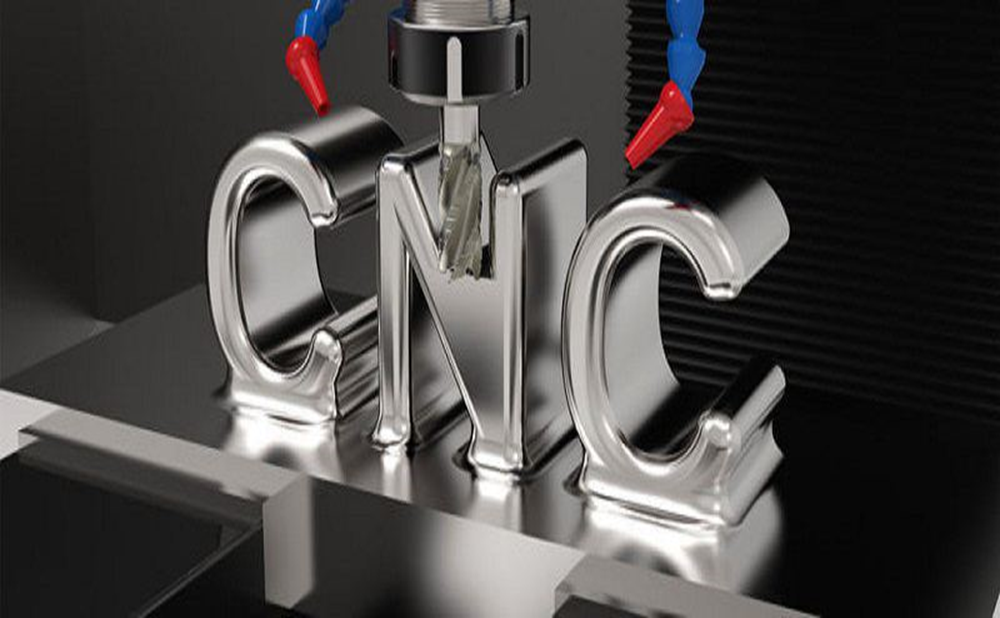
Contact:
Email: Maggie@kesugroup.com,
WhatsApp: +86 135-3842-1321
Our engineer team are ready for your projects and provide feedback quickly.

